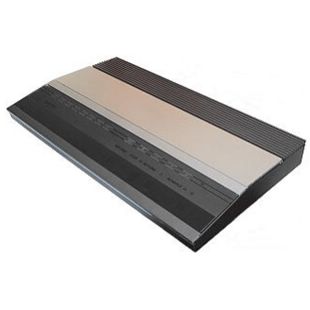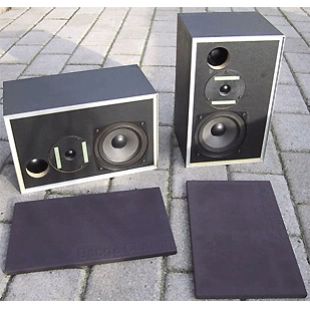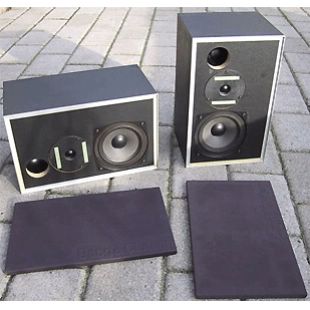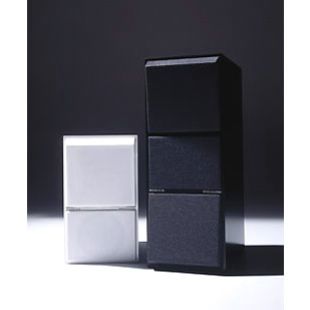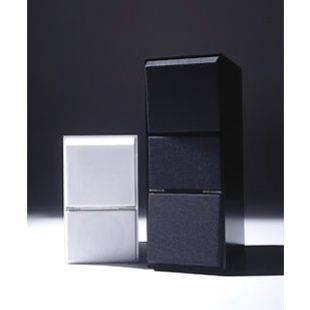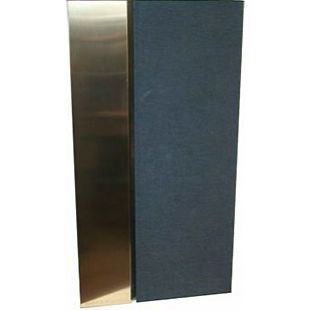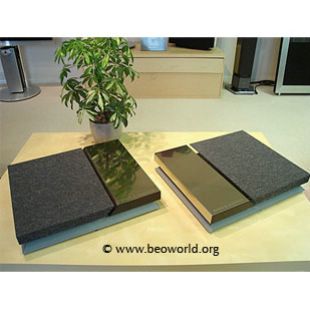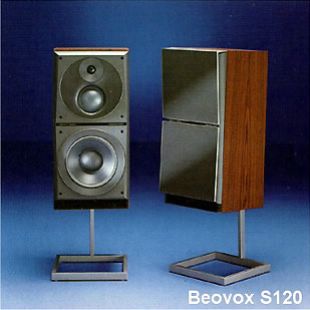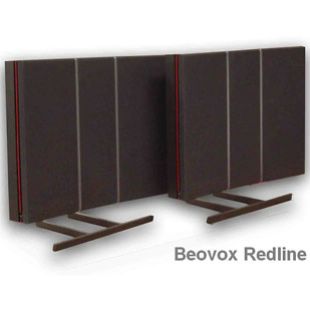BeoCord VHS82
Beocord VHS 82 was Bang & Olufsen’s 1987 addition to the stereo video cassette recorder line-up with up to four hours of video playing time and eight hours of hi-fi quality stereo sound on just one video tape!
In terms of design, colours and uses, Beocord VHS 82 was created to harmonise with Beovision MX2000. And the same remote control Video Terminal could be used to control both units. Control was so integrated that the TV screen acted as an open instruction manual for the video cassette recorder.
All of the functions on Beocord VHS 82 were described and stored on ‘menus’ that were brought to the screen with the assistance of the Terminal. This step-by-step instruction ensured fast, faultless operation. So even things like presetting channels, time programming and picture search were as easy as was possible. And although the special menu operation was only possible in connection with the latest TV generations from Bang & Olufsen, Beocord VHS82 was an ideal video supplement for ant TV.
The fact that Beocord VHS 82 could take its place as a technically superior audio tape recorder in any music system emphasizes just how outstanding this stereo video recorder was.

